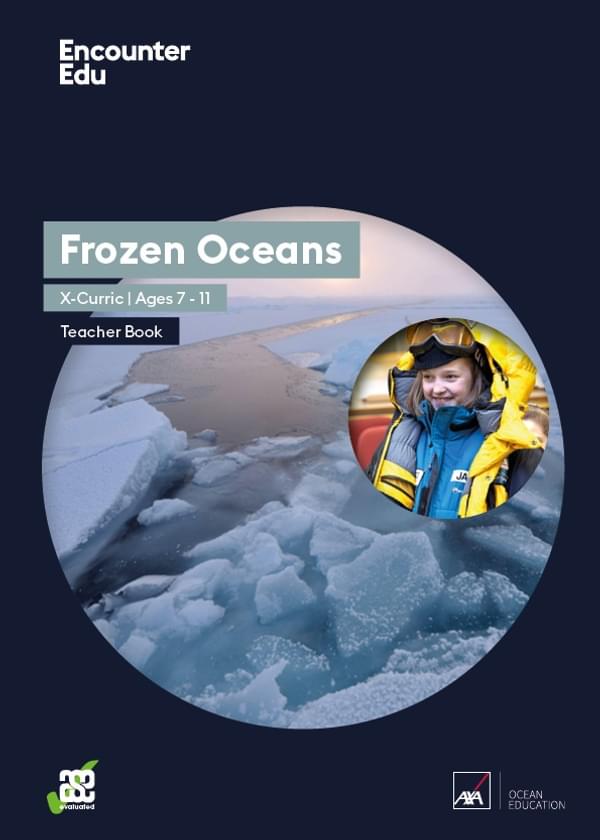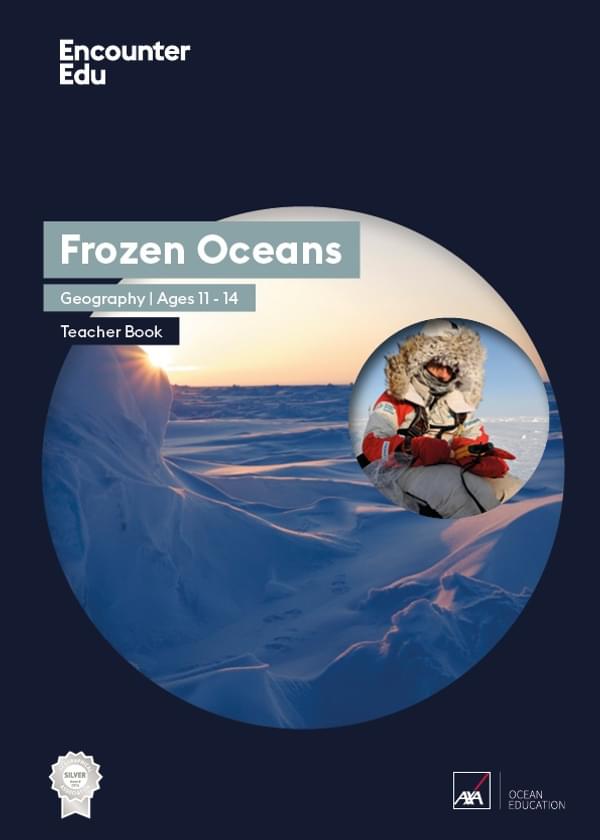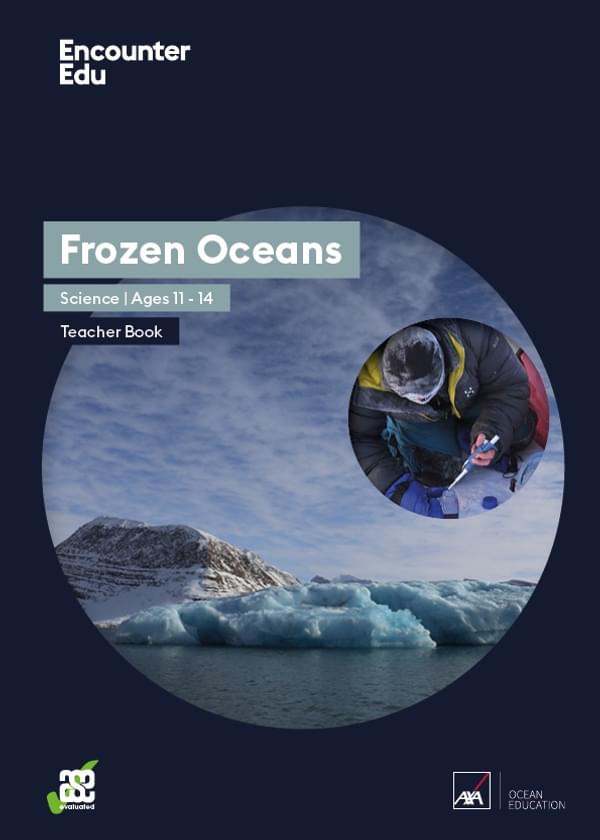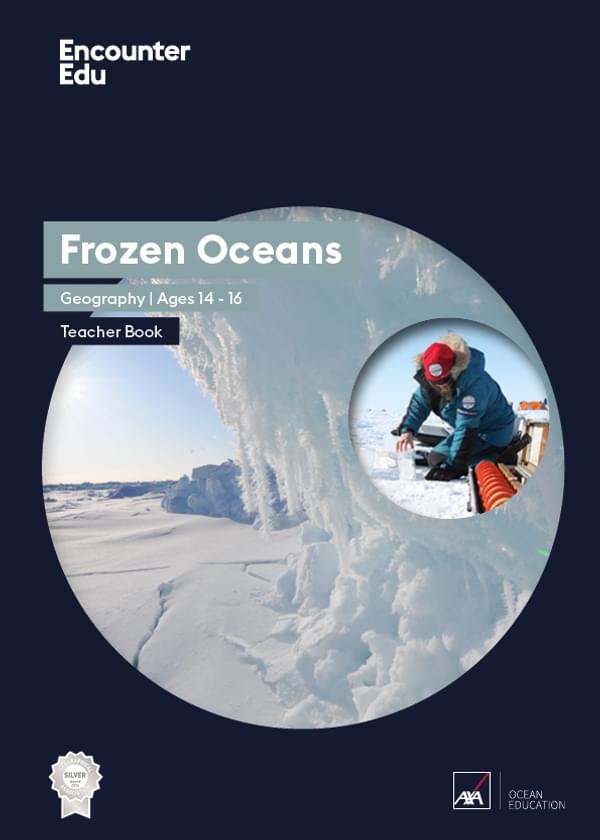How do you make an ice hole?
Drilling a hole in the sea ice allows scientists to study what is happening in the waters below, whether this is sampling for plankton or water chemistry, or to measure ocean currents and solar absorption. It may sound like a simple process, but is in fact quite complex and no one wants to fall into the freezing Arctic Ocean beneath the ice.
Part of:
AXA Ocean EducationBrought to you by


Cross-curricular | Ages 7-11
Frozen Oceans
Based on journeys undertaken by real explorers and scientists, the Frozen Oceans (Primary) education programme is designed to introduce students to what life is like in the High Arctic.

Geography | Ages 11-14
Frozen Oceans
The Frozen Oceans Geography resources are designed to take 11-14 year-olds on a journey to the Arctic following the expedition team of the Catlin Arctic Survey.

Science | Ages 11-14
Frozen Oceans
The Frozen Oceans Science resources introduce working scientifically concepts and skills to 11-14-year-olds through enquiry-based lessons which replicate work done by field scientists in the Arctic.

Geography | Ages 14-16
Frozen Oceans
This Frozen Oceans education resource includes two data case studies that introduce students to ocean acidification and sea ice thickness. The core of each case study are data sets from real expeditions.
